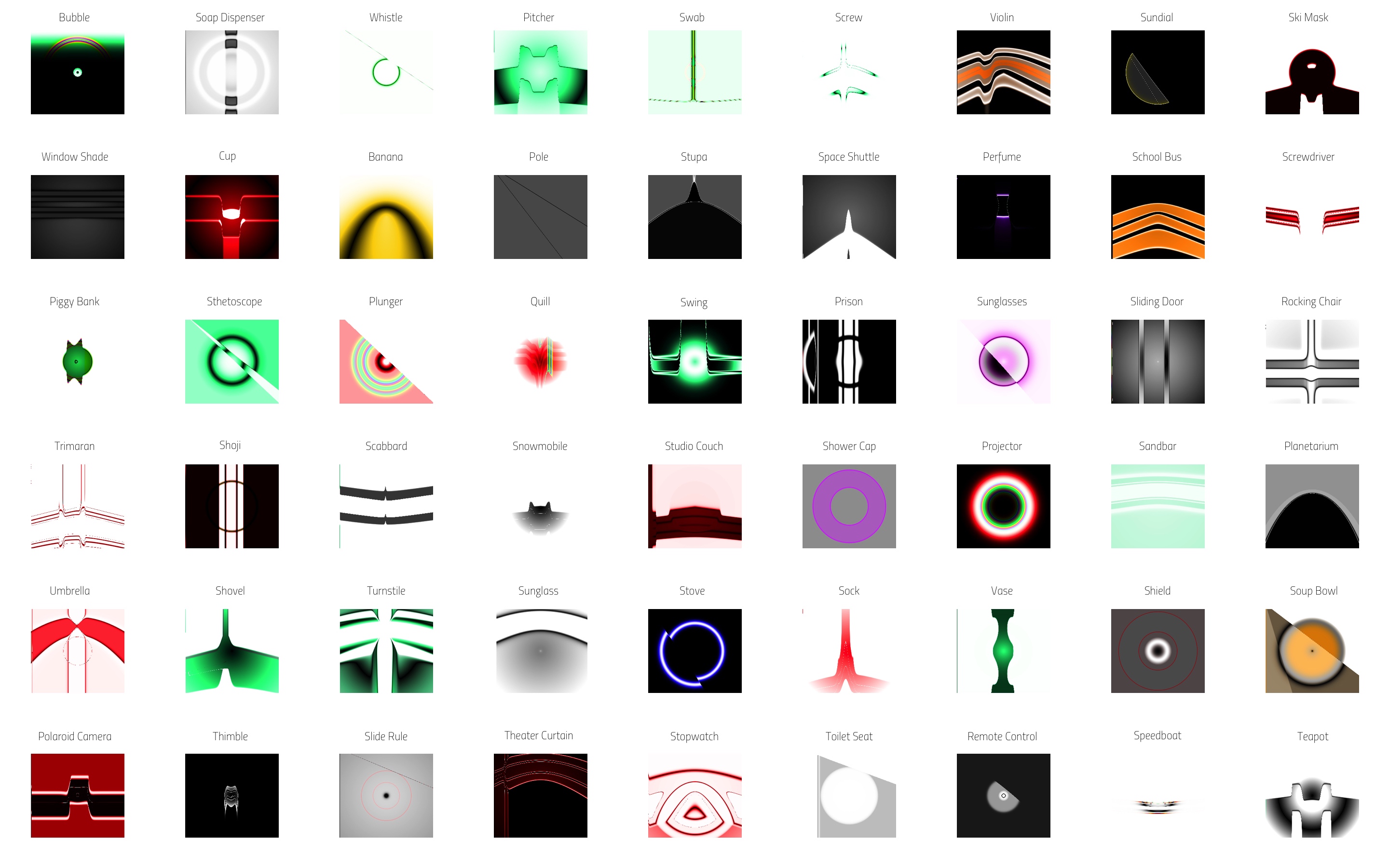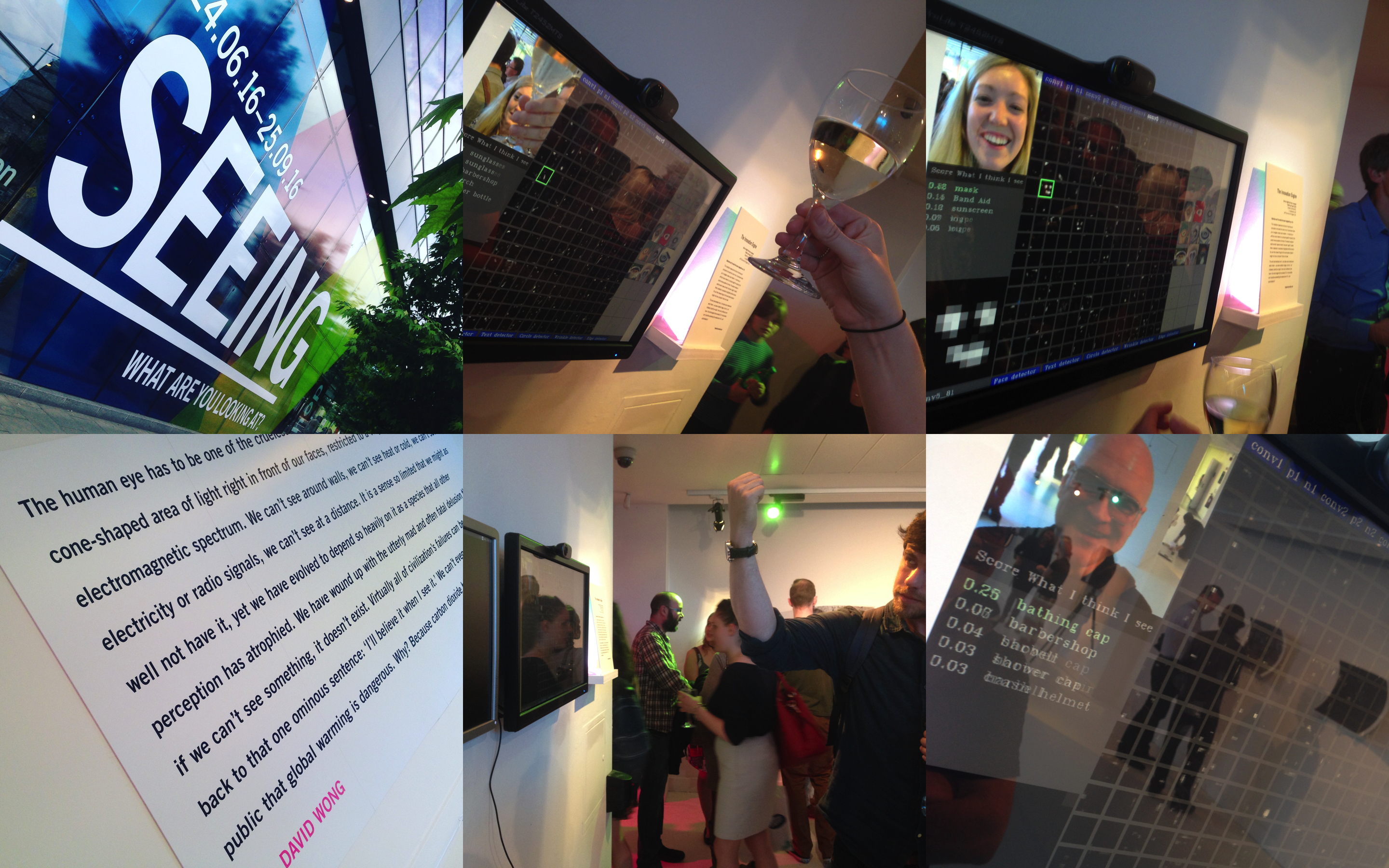The Innovation Engine (2015)
Get an insight into how a computer ‘thinks’ and ‘sees’
Starting Point
The inability to simulate nature in all its complexity and diversity vs unlimited human imagination.
General Context
Evolution has yielded tremendous diversity and in fact we still do not know the ins and outs of what drives all this diversity and complexity. Computer simulations of evolution are, in fact, a utopia because at a certain point it stops (no processing power, no more fitness functions, and so on). We cannot simulate the complexity of nature simply because it is full of niches, and these niches of interconnected ecologies are essential breeding grounds for a complex diversified nature.
Demonstration
The Innovation Engine demonstrates how ‘Artificial Intelligence’ and ‘Deep Neural Networks’ are easily fooled, a dystopian reality when you realise that for example the military is already use them. The question is how much confidence do we have in ourselves and the technologies we develop? In 2014, the former director of both the CIA and NSA proclaimed that “we kill people based on metadata and machine learning algorithms.” Now, a new examination of previously published Snowden documents suggests that many of those people may have been innocent.
What
Machines can’t do what the human imagination can… yet. This installation researches the failure of machines and computers to simulate the human mind. The artist was inspired by the inability of machines to accurately simulate the process of evolution due to their lack of processing power and other key functions required to run complex simulations.
A touchscreen allows the visitor to navigate through and explore a deep neural network. In machines, an artificial neural network is a computer algorithm inspired by the central nervous systems of animals. The webcam analyses in realtime what it sees and what it has been ‘taught’ to detect. What is detected is visualised as highlighted artificial neurons. The audience can then browse through all the neural layers and get an insight into how a computer ‘thinks’ and ‘sees’. A voice tells visitors which layer they are looking at and what’s happening. In a lot of cases, the visitor may not recognise these images, but the artificial intelligence appears to, demonstrating the limits of machine comprehension.
Frederik De Wilde (BE), in collaboration with Jeff Clune and Anh Nguyen (US)


